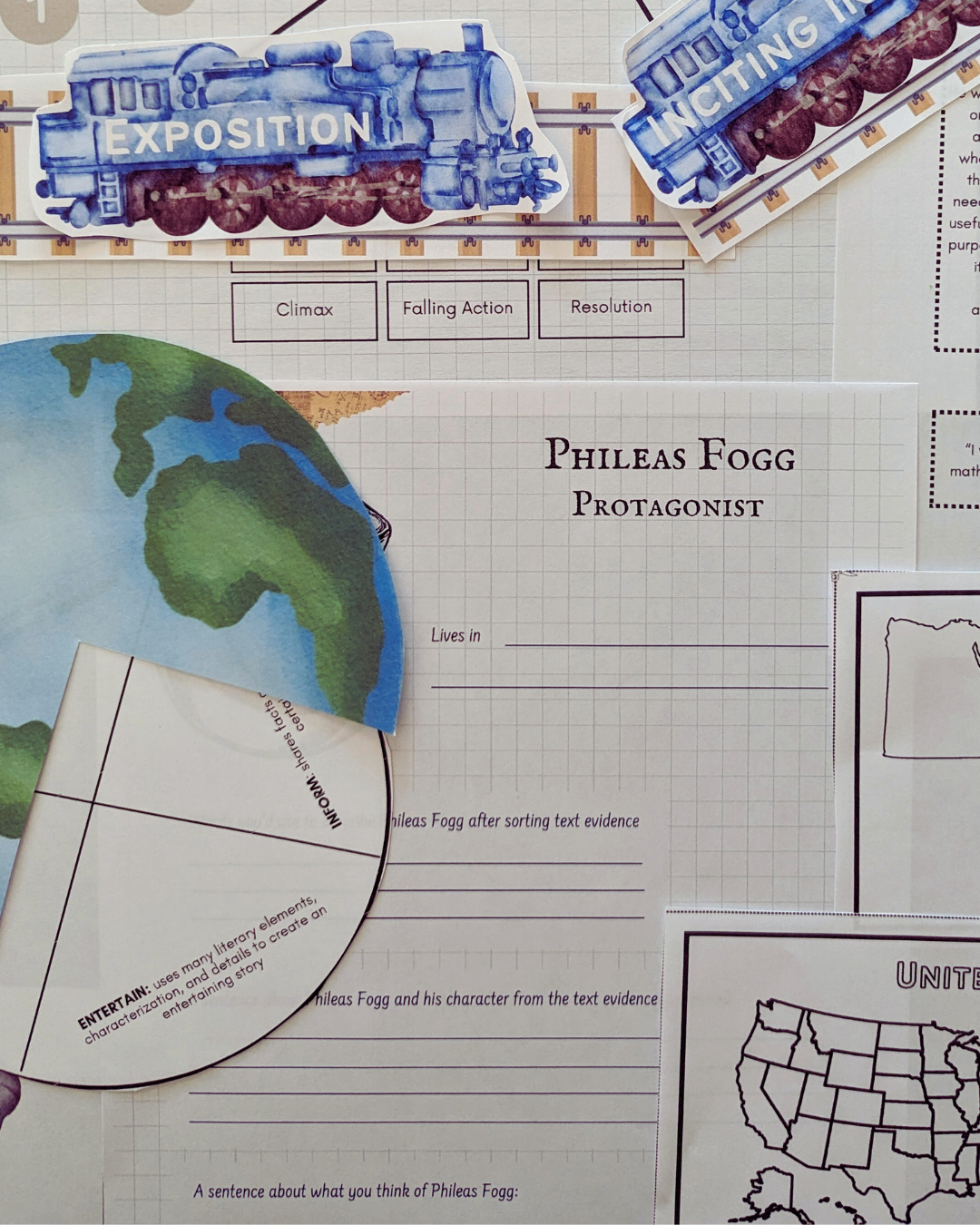 Image 1 of 8
Image 1 of 8

 Image 2 of 8
Image 2 of 8

 Image 3 of 8
Image 3 of 8

 Image 4 of 8
Image 4 of 8

 Image 5 of 8
Image 5 of 8

 Image 6 of 8
Image 6 of 8

 Image 7 of 8
Image 7 of 8

 Image 8 of 8
Image 8 of 8









Hatchet: A Rhetorical Device Study
Literature is not just literary analysis.
It's also rhetorical analysis.
Rhetoric: The art of effective of persuasive speaking and writing, using figures of speech and other compositional techniques.
Rhetorical devices are what authors use to compose stories which are captivating in their structure and not just their imagery.
For rhetorical device usage, Gary Paulsen is a hard writer to beat.
In Hatchet, Gary Paulsen starts off with short, tight sentences, which is reflective of the main character's thought process as he panics while he struggles to survive in the Canadian wilderness.
As the sentences in the story elongate, so does Brian's ability to think critically about his circumstances and survive.
In a text heavy world, where messages are written and shared without tone or mood, it is helpful to teach our children these qualities exist!
The guide includes detailed instructions for teachers, student worksheets, a plot chart, and vocabulary exercises. It emphasizes the importance of using text evidence to support analysis and encourages students to develop their critical thinking and writing skills.
The unit study focuses on several key areas:
Plot analysis: Understanding the structure of the story, including exposition, conflict, rising action, climax, falling action, and resolution.
Character arc: Tracking the development of the main character, Brian Robeson, throughout the novel, with a focus on his thoughts, feelings, and actions.
Rhetorical devices: Identifying and analyzing the author's use of language and literary techniques, such as anecdotes, diction, syntax, and pacing.
Themes: Exploring the central ideas of survival and resilience in the face of adversity.
The guide includes detailed instructions for teachers, student worksheets, a plot chart, and vocabulary exercises. It emphasizes the importance of using text evidence to support analysis and encourages students to develop their critical thinking and writing skills. This study is recommended for ages 11+
Literature is not just literary analysis.
It's also rhetorical analysis.
Rhetoric: The art of effective of persuasive speaking and writing, using figures of speech and other compositional techniques.
Rhetorical devices are what authors use to compose stories which are captivating in their structure and not just their imagery.
For rhetorical device usage, Gary Paulsen is a hard writer to beat.
In Hatchet, Gary Paulsen starts off with short, tight sentences, which is reflective of the main character's thought process as he panics while he struggles to survive in the Canadian wilderness.
As the sentences in the story elongate, so does Brian's ability to think critically about his circumstances and survive.
In a text heavy world, where messages are written and shared without tone or mood, it is helpful to teach our children these qualities exist!
The guide includes detailed instructions for teachers, student worksheets, a plot chart, and vocabulary exercises. It emphasizes the importance of using text evidence to support analysis and encourages students to develop their critical thinking and writing skills.
The unit study focuses on several key areas:
Plot analysis: Understanding the structure of the story, including exposition, conflict, rising action, climax, falling action, and resolution.
Character arc: Tracking the development of the main character, Brian Robeson, throughout the novel, with a focus on his thoughts, feelings, and actions.
Rhetorical devices: Identifying and analyzing the author's use of language and literary techniques, such as anecdotes, diction, syntax, and pacing.
Themes: Exploring the central ideas of survival and resilience in the face of adversity.
The guide includes detailed instructions for teachers, student worksheets, a plot chart, and vocabulary exercises. It emphasizes the importance of using text evidence to support analysis and encourages students to develop their critical thinking and writing skills. This study is recommended for ages 11+
Literature is not just literary analysis.
It's also rhetorical analysis.
Rhetoric: The art of effective of persuasive speaking and writing, using figures of speech and other compositional techniques.
Rhetorical devices are what authors use to compose stories which are captivating in their structure and not just their imagery.
For rhetorical device usage, Gary Paulsen is a hard writer to beat.
In Hatchet, Gary Paulsen starts off with short, tight sentences, which is reflective of the main character's thought process as he panics while he struggles to survive in the Canadian wilderness.
As the sentences in the story elongate, so does Brian's ability to think critically about his circumstances and survive.
In a text heavy world, where messages are written and shared without tone or mood, it is helpful to teach our children these qualities exist!
The guide includes detailed instructions for teachers, student worksheets, a plot chart, and vocabulary exercises. It emphasizes the importance of using text evidence to support analysis and encourages students to develop their critical thinking and writing skills.
The unit study focuses on several key areas:
Plot analysis: Understanding the structure of the story, including exposition, conflict, rising action, climax, falling action, and resolution.
Character arc: Tracking the development of the main character, Brian Robeson, throughout the novel, with a focus on his thoughts, feelings, and actions.
Rhetorical devices: Identifying and analyzing the author's use of language and literary techniques, such as anecdotes, diction, syntax, and pacing.
Themes: Exploring the central ideas of survival and resilience in the face of adversity.
The guide includes detailed instructions for teachers, student worksheets, a plot chart, and vocabulary exercises. It emphasizes the importance of using text evidence to support analysis and encourages students to develop their critical thinking and writing skills. This study is recommended for ages 11+






